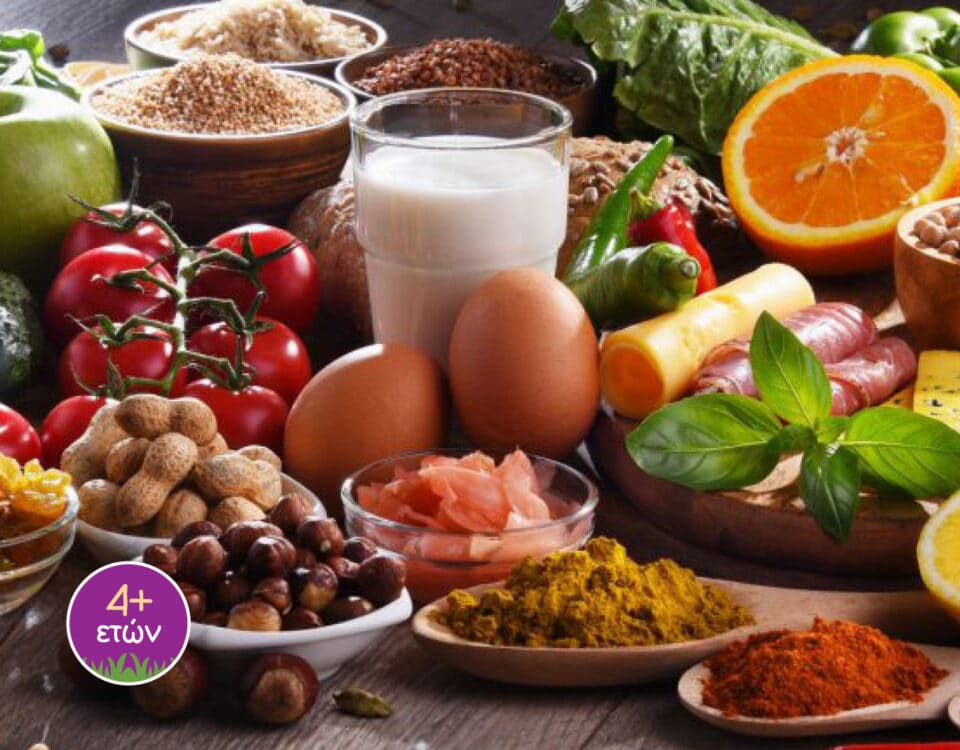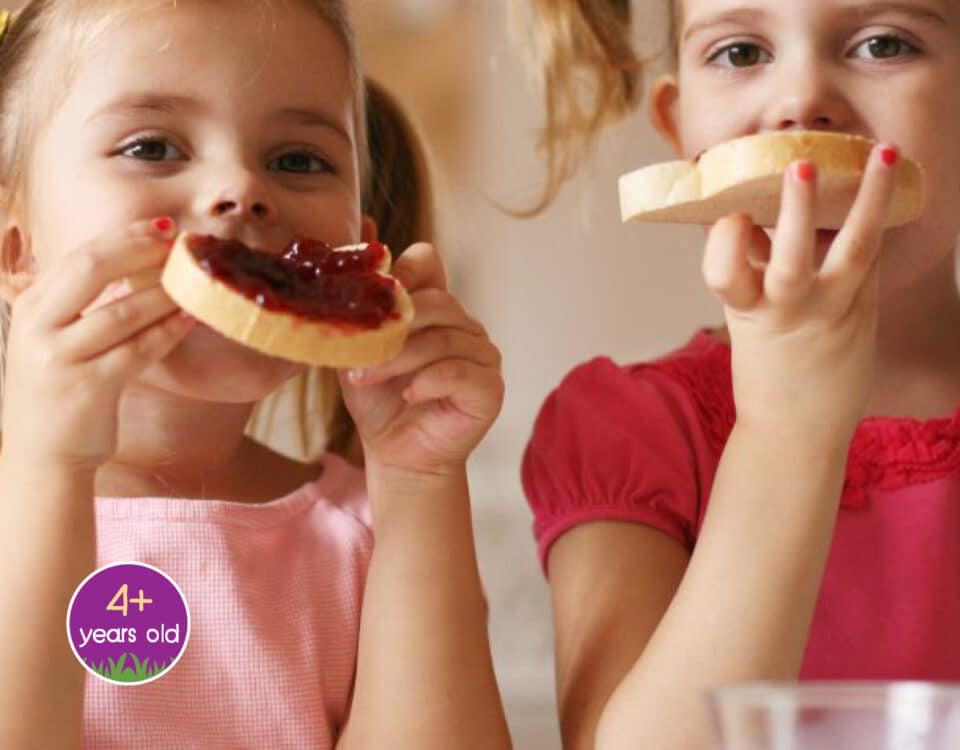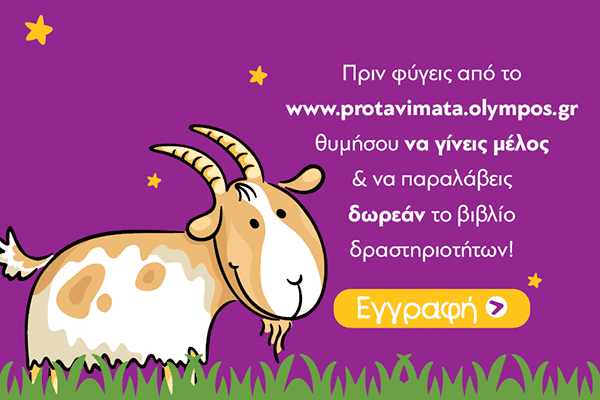
Kids breakfast: make it delicious but nutritious too!
September 30, 2020
Eating in front of the TV screen – pros and cons
September 30, 2020My child is very energetic. Does it really cover its dietary needs?


It’s very positive if your child is able to stay active in a society where, according to evidence, the majority of preschool children lead a sedentary life!
To make sure that they cover their nutritional needs, you need to ensure sufficient hydration and energy intake, sufficient but not excessive protein intake as well as food diversity in order to ensure the intake of different but equally important vitamins and minerals. Also, do not forget that the fat already contained in the foods (such as dairy or fish) or the fat added to foods (such as olive oil) is very important for the development of brain in children. This is why before the age of 3, it is better if you do not choose light dairy products or restrict the use of olive oil in your children’s meals, or use excessive quantities either.
But lets look at these information more closely. Children in development need more energy per kg of body weight compared to an adult, let alone when they are exercising! Of course, children’s weight is significantly lower than that of an adult, but do not fall in the trap of serving the servings that you yourselves are consuming. Remember that your child can recognize better how hungry and how full they are without being affected by environmental stimuli. You should establish three main meals (breakfast, lunch and dinner) and at least one snack or ideally two (a brunch or an afternoon snack) which may be simply a small piece of fruit, during the day,
Carbohydrates or protein?
Both! You may think that protein is an essential structural component of the muscles and bones during the development of a child, but the main source of energy for the body during exercise is carbohydrates. A preschool child needs 3-5 servings of starchy foods (bread, cereals, rice, pasta, potatoes, legumes) and roughly 3 servings of protein-based foods (meat, poultry, fish, eggs, nuts, dairy) daily.
Diversity of vitamins and minerals
Preschool children need at least 3-4 servings of fresh fruit and vegetables every day. Try creating a palette of different colors since each color reflects the presence of different nutrients, mainly vitamins and minerals. Another important category is dairy, since they are the main source of calcium but they are also important for our little friends’ bone density. Two to three servings of dairy daily is the indicated recommendation for this age.
The best ergogenic aid
It couldn’t be anything else but water of course! Children are in any case more vulnerable to dehydration. But especially when they are exercising, they expel more water through sweating and the increased rate of breathing, which makes the consumption of water before, after and very often during exercise, essential.
With a balanced diet, based on the instructions above, characterized by diversity and moderation and by monitoring your child’s smooth development in terms of their height and weight, you have no reason to worry about them covering their dietary needs. So make sure you encourage exercise and don’t forget that playing outdoors is a form of exercise, a rather pleasant one!
Indicative bibliography
- Institute of Preventive Medicine, Environmental and Occupational Health Prolepsis, Greek National Dietary Guidelines for Infants, Children and Adolescents, Lambrakis Press Group 2014
- Reilly JJ. Physical activity, sedentary behaviour and energy balance in the preschool child: opportunities for early obesity prevention. ProcNutr Soc. 2008 Aug;67(3):317-25.
- Manios Y, Kondaki K, Kourlaba G, Grammatikaki E, Birbilis M, Ioannou E. Television viewing and food habits in toddlers and preschoolers in Greece: the GENESIS study. Eur J Pediatr. 2009 Jul;168(7):801-8.
- Hinkley T, Salmon J, Okely AD, Trost SG. Correlates of sedentary behaviours in preschool children: a review. Int J BehavNutrPhys Act. 2010;7:66. Published 2010 Sep 8.
- Kambas A, Venetsanou F, Avloniti A, Giannakidou DM, Gourgoulis V, Draganidis D, Chatzinikolaou A, Fatouros I, Michalopoulou M. Pedometer determined physical activity and obesity prevalence of Greek children aged 4-6 years. Ann Hum Biol. 2015;42(3):231-6.

|
Siatitsa Evita MSc, Clinical Dietitian Nutritionist Scientific Associate at Horokopio University |
[/su_table]






